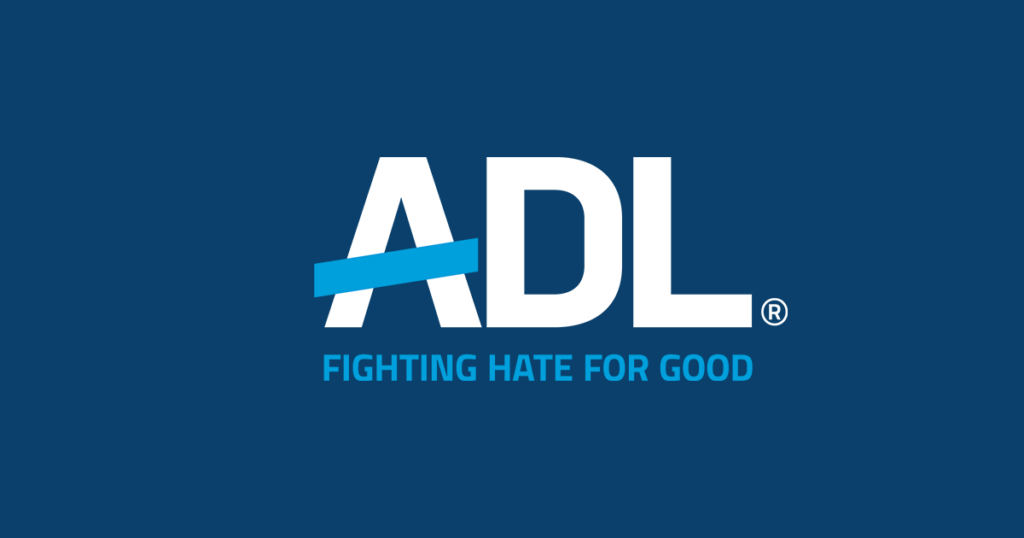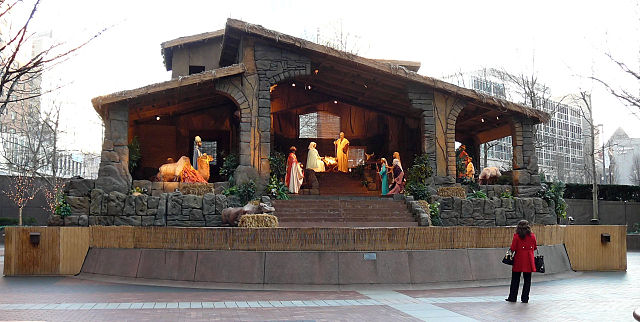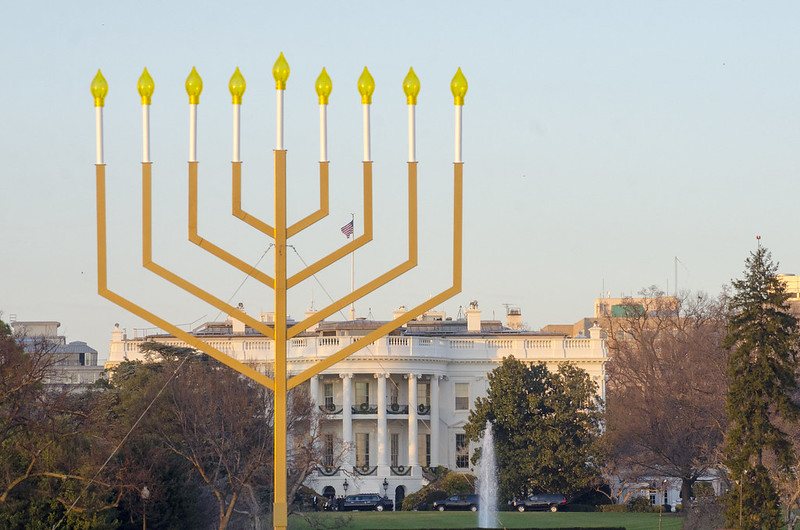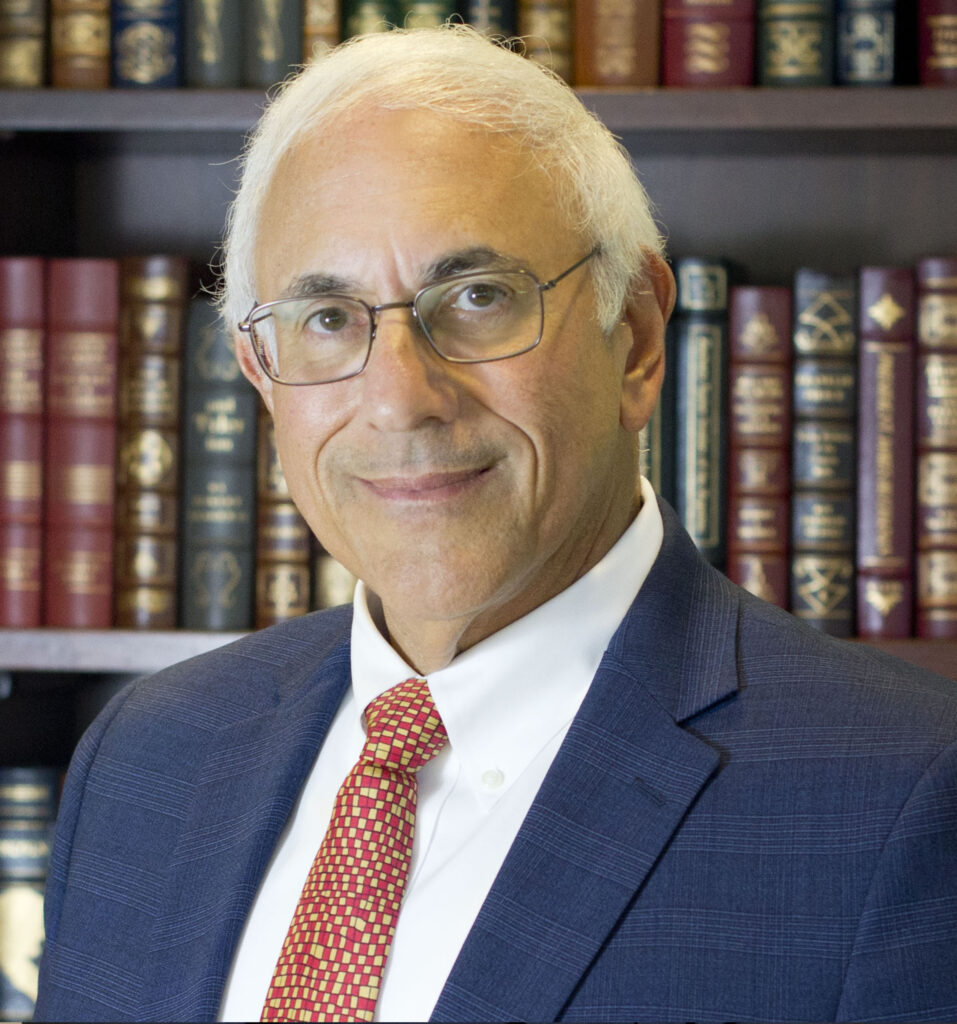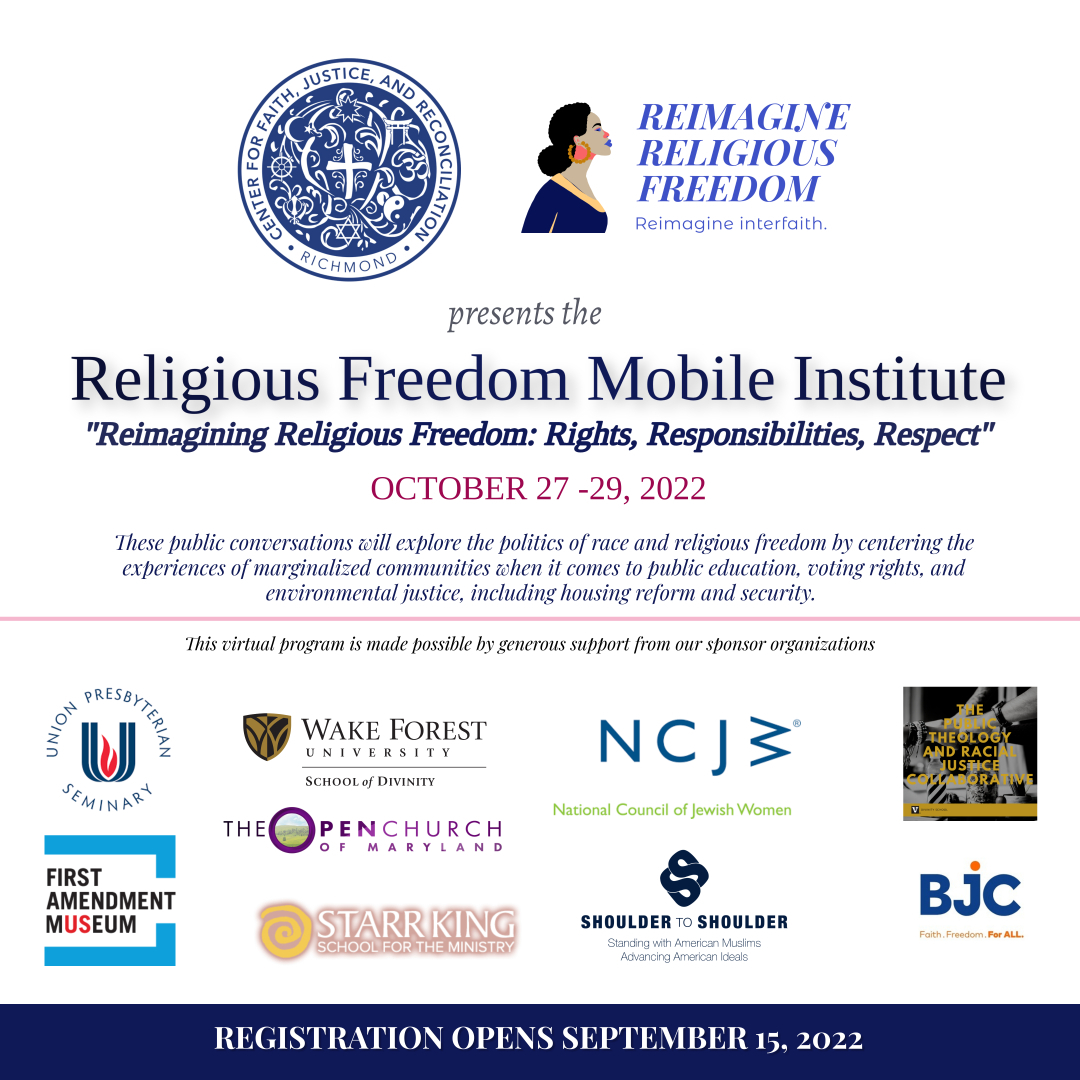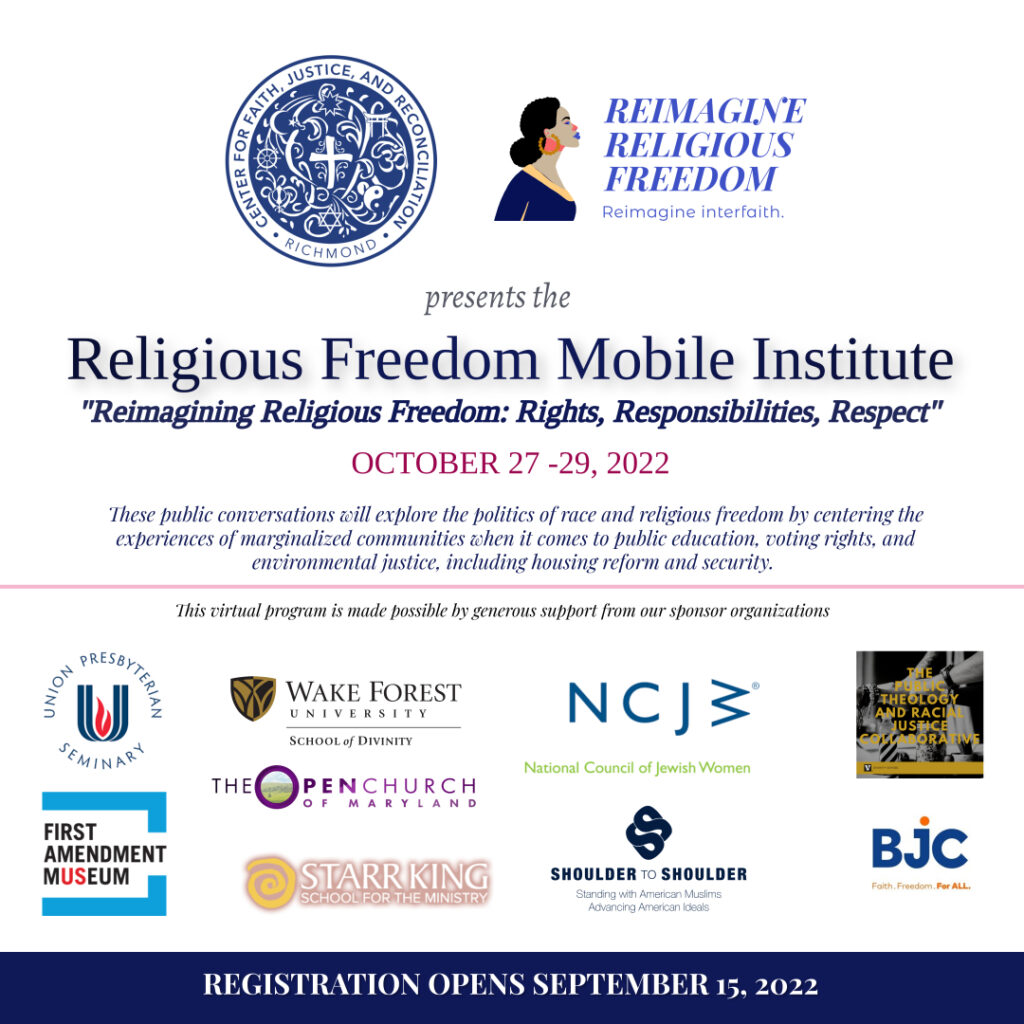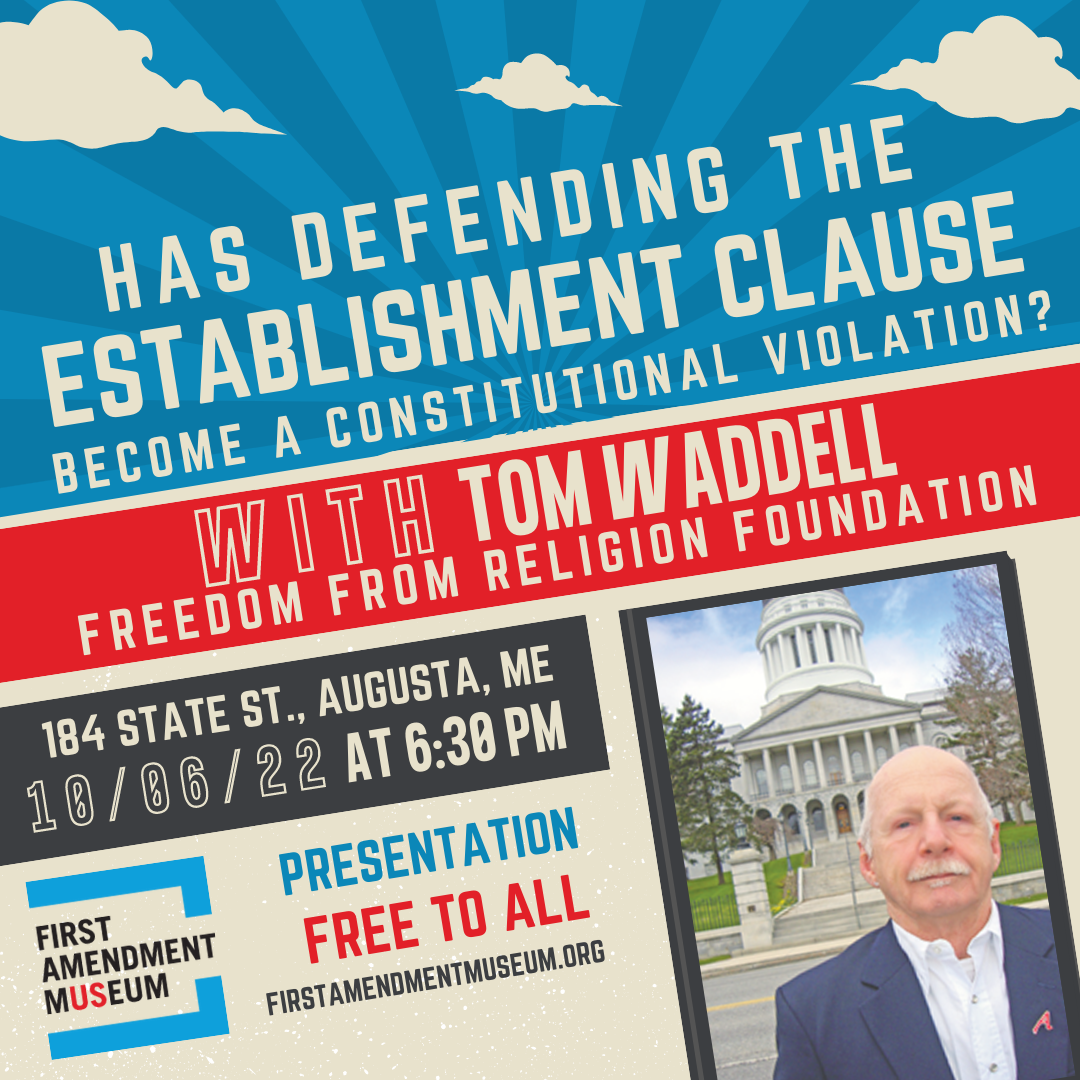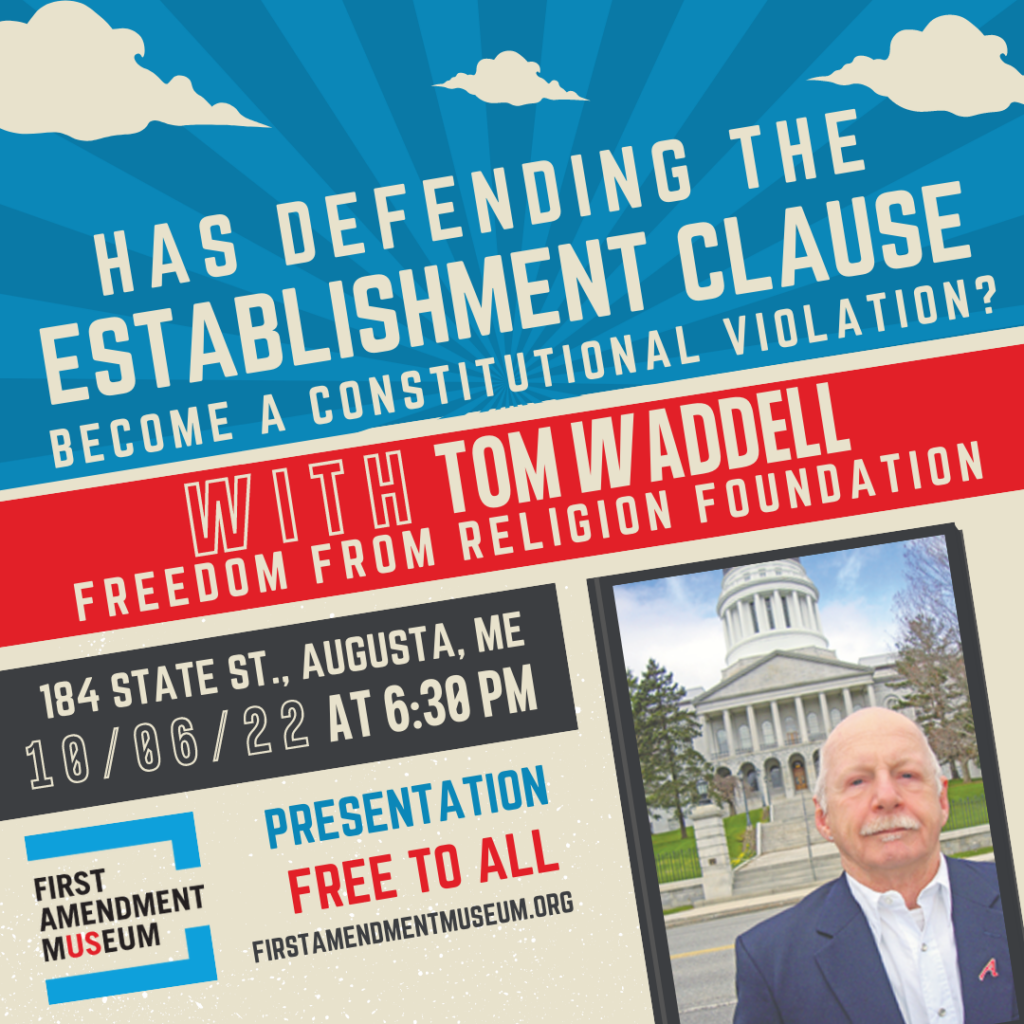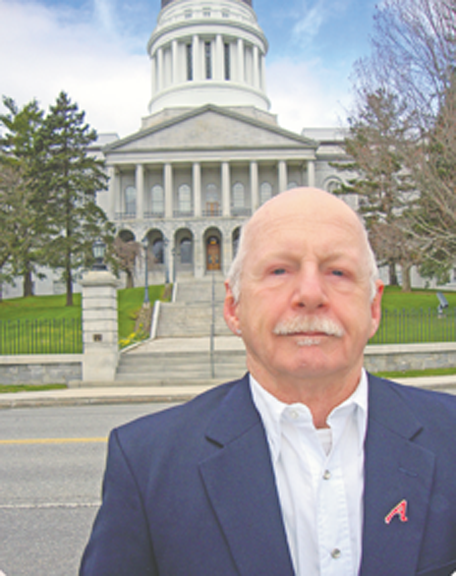SEPARATION OF CHURCH AND STATE: OUR PRECIOUS LAW
Guest blog by Jeffrey Cooper
Congress shall make no law respecting an establishment of religion, or prohibiting the free exercise thereof; or abridging the freedom of speech, or of the press; or the right of the people peaceably to assemble, and to petition the Government for a redress of grievances.
United States Constitution, 1st Amendment
Our Founding Fathers lived in a time when religious wars and persecutions in Europe, and in England in particular, were recent history. To avoid that happening here, they declared emphatically that our new country would have no state religion.
I expect I speak for lots of Jewish Americans when I say that we are increasingly unsettled these days by the rise of Christian Nationalism and the inroads this is making into our national politics. Separation of Church and State is the fundamental principle that assures us that we are accepted fully as Americans. Yet I have read on Politico.com that a majority of Republicans would approve of Congress declaring us to be a Christian nation, knowing that such a move is in violation of the Constitution they claim to revere. In statehouses and school boards across the nation, laws and policies being introduced under the moniker of “religious liberty”’ seek to foist religious views upon what many consider a secular society – from attitudes toward gender non-conforming people to whitewashed views of history regarding racial injustice.
Jews are alarmed. Other dangerous baggage comes alongside this development, notably anti-Semitism, which many Christian Nationalists find justified in their sacred writings. Any wonder that anti-Semitic incidents are on the rise simultaneously with the rise of this movement? And it’s not just us. All minorities are imperiled.
Let’s look at an ongoing real-time issue. Everyone is talking about abortion these days, about the right to privacy, when life begins, and due process in the 14th Amendment. But for me, this is clearly a First Amendment issue. Since we have no scientific definition of what “life” actually is, we cannot have a scientific definition of when it begins. The assertion that life begins at conception is a purely religious construct and that of one particular religion. By adopting legislation stating that life begins at conception or a detectable heartbeat, the State is adopting the religious view of one particular religion and imposing that upon non-adherents. This is emphatically unconstitutional. I fail to understand why this is not the basis upon which abortion rights are argued. Some Supreme Court Justices call themselves “originalists.” The First Amendment provides an originalist argument. Prohibiting abortion is not the province of government, and that includes at the state level.
I don’t mean to present a singular “Jewish view on abortion” because on this topic, and every other topic under the sun, Jews have a wide diversity of opinions. Yet we are still family. Likewise, we as Americans have a wide diversity of religious affiliations and religious beliefs, yet we are still one nation. This is made possible by the First Amendment to the Constitution, and specifically, the first clause of it, which declares that we do not have a State religion and the government cannot adopt the precepts of any particular religion as that of all of us. We all are guaranteed the right to practice our own religious practices without government constraint. For me, this is where our “right to privacy” is enshrined in the Constitution. It is precious, and we must do everything in our power to protect it.


